Table of Contents
- Understanding the Basics of Energy Efficiency Loans
- Exploring the Benefits of Energy Efficiency Financing
- How to Qualify for Energy Efficiency Loans
- Comparing Energy Efficiency Loan Options for Homeowners
- Tips for Maximizing Savings with Energy Efficiency Loans
- Q&A
- Insights and Conclusions
Understanding the Basics of Energy Efficiency Loans
With the growing awareness of climate change and the rising cost of energy, many homeowners and businesses are turning to solutions that not only reduce their carbon footprint but also their energy bills. Energy efficiency loans are financial products designed to support these environmentally friendly upgrades. These loans provide a viable route to finance projects such as installing solar panels, upgrading insulation, or investing in high-efficiency heating systems. Usually offered at favorable rates, these loans can be a cost-effective way to enhance energy efficiency without the need for considerable upfront investment.
Borrowers opting for these loans can benefit from a variety of features aimed at making energy-efficient investments more accessible. Key benefits often include:
- Lower Interest Rates: Often more competitive compared to traditional loans.
- Extended Repayment Terms: Flexible timelines to match the energy savings gained over time.
- Incentives and Rebates: Many local governments or organizations provide additional financial incentives.
The application process for such loans typically entails assessing the potential energy savings and the impact of the proposed improvements. The following table outlines how a standard application process might proceed and the parties involved:
| Step | Description | Involved Parties |
|---|---|---|
| 1 | Initial Assessment | Homeowner, Energy Auditor |
| 2 | Loan Application | Homeowner, Financial Institution |
| 3 | Approval and Funding | Financial Institution |
| 4 | Implementation | Homeowner, Contractors |
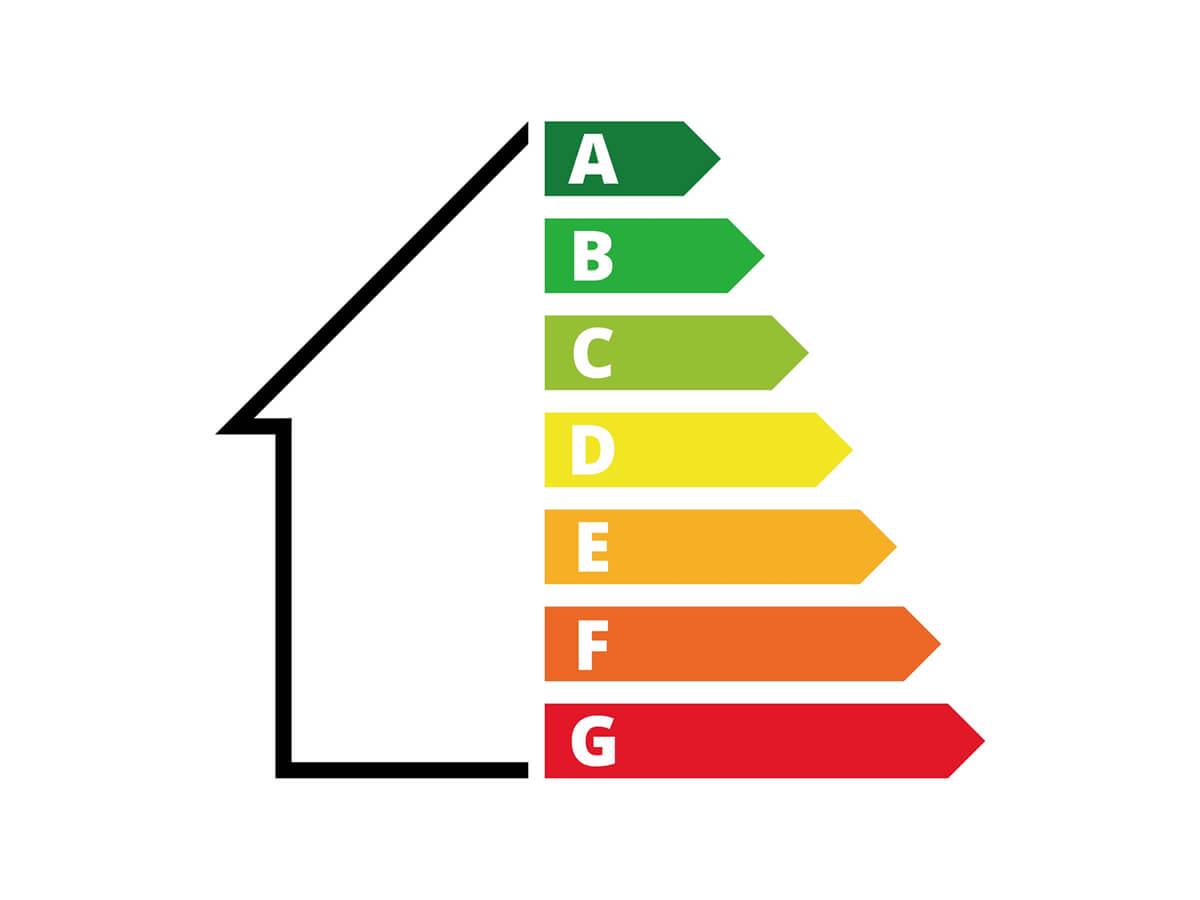

Exploring the Benefits of Energy Efficiency Financing
Embracing energy efficiency has a profound impact not only on reducing carbon footprints but also on financial wellbeing. Energy efficiency loans play a critical role in making sustainable upgrades accessible and affordable. Such financing options ensure that homeowners and businesses can invest in eco-friendly innovations without bearing the full financial burden upfront. These loans often offer lower interest rates compared to conventional loans, enabling significant savings. Moreover, by investing in energy-efficient solutions, borrowers may also qualify for tax incentives and rebates, further enhancing financial returns.
By tapping into specialized financing, individuals and companies can explore a multitude of energy solutions—from installing solar panels to upgrading insulation systems. These loans can cover a broad range of projects, including:
- High-efficiency heating and cooling systems
- Energy-saving windows and doors
- Smart home energy management systems
- Renewable energy installations like wind turbines
Such investments not only lead to potential long-term reductions in utility bills but also increase property values, offering dual financial benefits that appeal to both personal and business portfolios.
To understand the options and benefits further, a quick comparison of typical loan features can be invaluable:
| Loan Feature | Energy Efficiency Loan | Traditional Loan |
|---|---|---|
| Interest Rates | Lower | Standard |
| Repayment Terms | Flexible | Fixed |
| Loan Purpose | Specific to energy projects | Broad usage |
| Eligibility for Rebates | YES | NO |
By leveraging tailored financing, anyone can move towards a sustainable lifestyle with potentially no out-of-pocket expenses upfront, transforming how we manage energy consumption with a smarter, more resourceful approach.
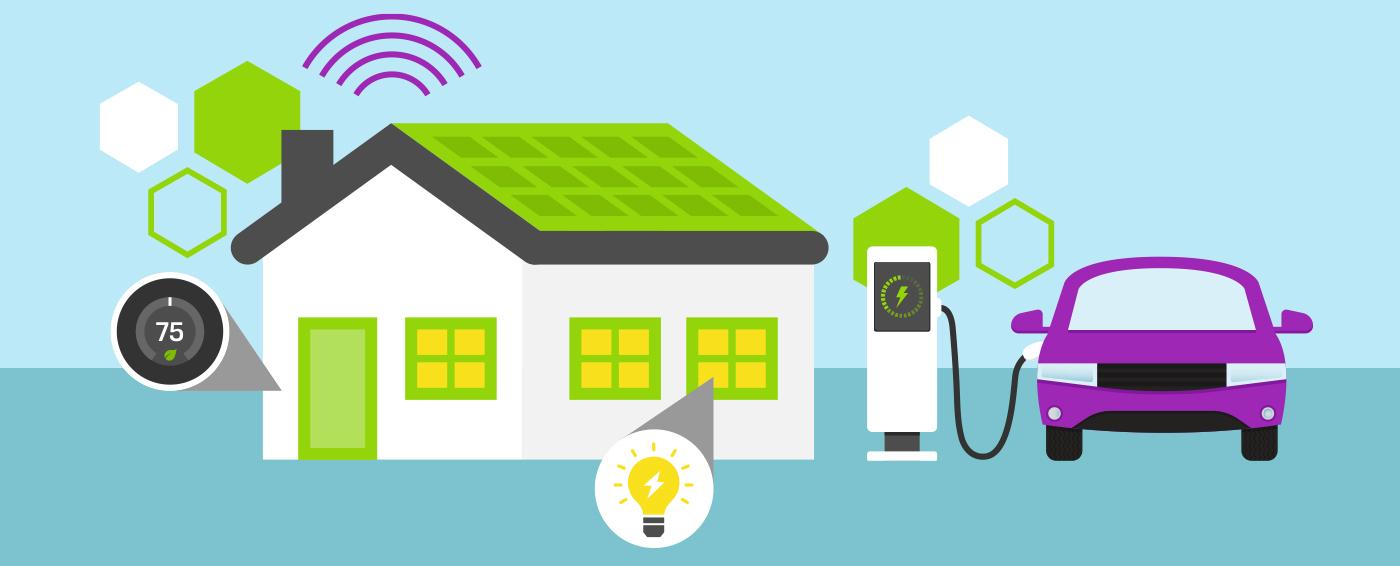

How to Qualify for Energy Efficiency Loans
Securing a loan aimed at boosting your home or business’s energy efficiency involves a few essential steps that streamline the process and ensure eligibility. Firstly, assess your current energy usage to identify areas for improvement. This assessment is often conducted through an energy audit, which many lenders require. The audit helps in identifying specific upgrades, such as better insulation or energy-efficient appliances, that will provide the most significant energy savings. Knowing exactly what you need enables you to apply for the right type of loan tailored to those improvements.
Equally important is demonstrating your financial readiness. Lenders will examine your credit history, income stability, and existing financial obligations. It’s often beneficial to organize your financial documents, such as tax returns and bank statements, in advance to streamline this process. Moreover, some lenders might offer preferential terms to applicants with a strong history of responsible credit management. Therefore, ensuring your credit score is in good shape and your debt-to-income ratio is within acceptable limits can significantly enhance your qualification chances.
Once you’ve gathered the necessary documentation, it’s time to explore various lender options. Start by researching federal, state, or local government programs, which sometimes offer special incentives or lower interest rates for energy-efficient projects. In addition to government programs, consider commercial banks and credit unions, as they might have customized loan products for energy efficiency initiatives. Comparing interest rates, loan terms, and eligibility requirements across different lenders helps in choosing the most suitable financing option for your energy goals.
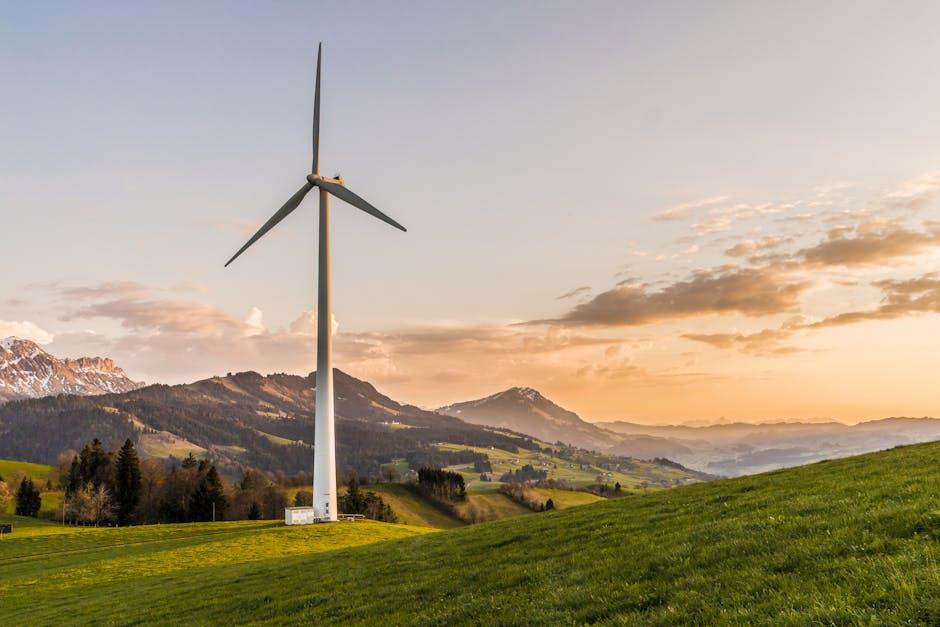

Comparing Energy Efficiency Loan Options for Homeowners
As homeowners become increasingly aware of the benefits of sustainable living, energy efficiency loans have emerged as a popular financial tool to make such lifestyle choices more affordable. These loans offer tailored financing specifically for improvements like insulation upgrades, solar panel installations, and energy-efficient appliances. Different lenders provide varying loan terms, interest rates, and eligibility criteria, making it crucial to carefully compare options to ensure the best fit for your specific needs. Consider factors such as repayment period flexibility, fixed vs. variable interest rates, and potential eligibility for tax credits or rebates.
- Interest Rates: Fixed rates provide stability, ensuring the same payment monthly, while variable rates might start lower but can increase over the loan’s life.
- Loan Terms: Some lenders offer short-term loans with higher payments or long-term loans with lower payments, affecting overall interest costs.
- Qualifying Criteria: Credit scores, income levels, and existing debt-to-income ratios play a significant role in loan approval.
| Factor | Option A | Option B |
|---|---|---|
| Interest Rate | 5% Fixed | 4% Variable |
| Loan Term | 10 years | 15 years |
| Credit Score Required | 700+ | 650+ |
Beyond the basic terms, exploring special programs such as those backed by government initiatives can be beneficial. Many of these programs aim to incentivize sustainable practices with benefits like lower interest rates or additional financial incentives, reducing overall loan costs. Researching local or federal energy efficiency programs can uncover opportunities that align with your financial situation and home improvement goals, ultimately maximizing both energy savings and financial returns.
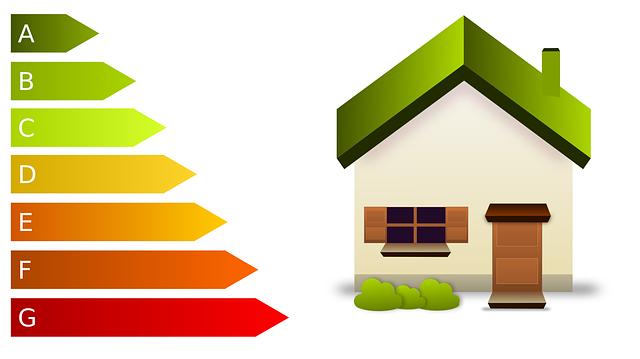

Tips for Maximizing Savings with Energy Efficiency Loans
When seeking to make the most of your energy efficiency loan, start by conducting a thorough energy audit of your home or business. This audit will help you identify areas where energy is being wasted and prioritize upgrades that deliver the greatest savings. Investing in an audit might cost upfront, but it provides a roadmap for your energy-saving journey, ensuring you allocate funds to high-impact improvements.
- Seal Leaks: Address drafts around windows and doors with weatherstripping and caulk.
- Upgrade Insulation: Enhance your home’s thermal resistance by adding insulation to attics, walls, and basements.
- Install Efficient Lighting: Swap out incandescent bulbs for LED lights, which use up to 80% less energy.
Maximize your investment by taking advantage of government incentives and rebates that can offset the initial cost of your energy-saving measures. Some loans qualify for state or federal programs, lowering the total expense significantly. Additionally, implement technology like smart thermostats to better control energy use, tailoring settings to your schedule and saving further costs. Ensuring your loan covers these strategic upgrades not only amplifies savings but also raises property value and contributes positively to the environment.
| Upgrade | Potential Savings (%) |
|---|---|
| LED Lighting | 80% |
| High-Efficiency Windows | 30% |
| Smart Thermostat | 15% |

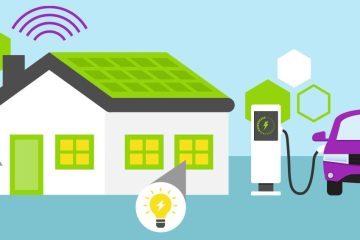
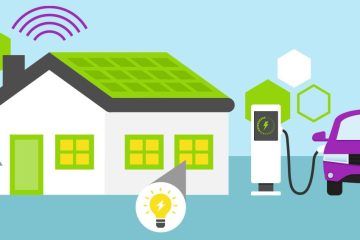
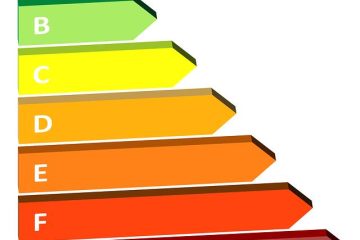
0 Comments